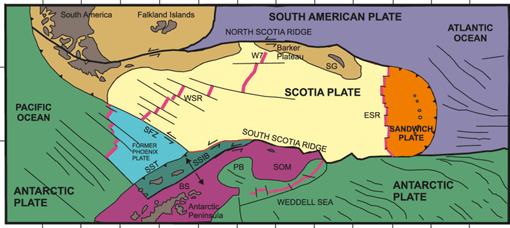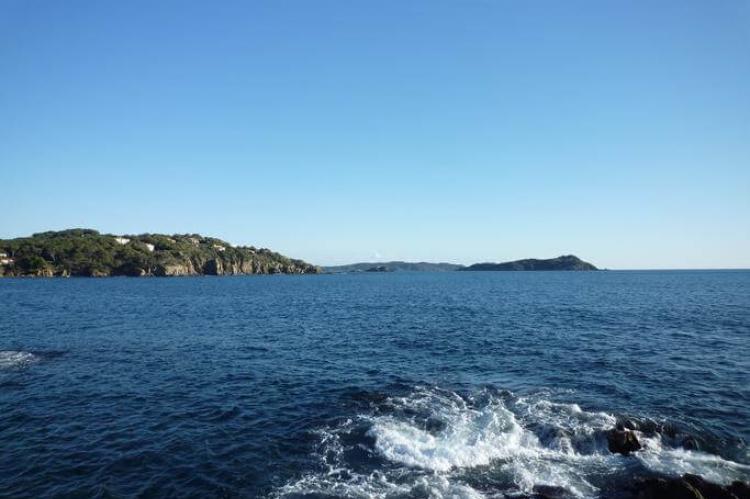The Scotia Plate and the South Sandwich Plate: Southern Tectonic Dynamics
The Scotia Plate and the South Sandwich Plate are pivotal in molding the tectonic features of the southern extents of the South Atlantic and Southern Oceans encircling Antarctica. These plates are essential elements of the complex tectonic mosaic that influences the Southern Hemisphere's dynamics.
The Scotia Plate and the South Sandwich Plate
Southern Tectonic Dynamics
The Scotia Plate and the South Sandwich Plate play crucial roles in shaping the tectonic landscape of the southernmost reaches of the South Atlantic Ocean and the Southern Ocean surrounding Antarctica. These plates are integral components of the intricate tectonic puzzle that governs the dynamics of the Earth's lithosphere in the Southern Hemisphere.
Scotia Plate
The Scotia Plate is a relatively minor tectonic plate situated beneath the Scotia Sea, positioned at the southern edge of the South Atlantic Ocean and the northern boundary of the Southern Ocean. Stretching approximately 800 km in width and 3,000 km in length, the plate is in constant motion, drifting WSW at a rate of about 2.2 centimeters (.86 inches) per year. Much like the Caribbean Plate connects the northernmost Andes to North America, the Scotia Plate links the southernmost Andes to the Antarctic Peninsula.
The plate shares its borders with significant neighboring plates: the South American Plate to the north, the Antarctic Plate to the south and west, and the South Sandwich Microplate to the east. The Scotia Plate is mainly submerged, with exceptions such as the southern tip of South America (Isla de los Estados near Tierra del Fuego) and the South Georgia Islands on its northeastern edge, revealing the exposed elements of the oceanic ridge known as the Scotia Arc.
Transform fault boundaries characterize the interactions of the Scotia Plate with the South American Plate to the north and the Antarctic Plate to the south. A spreading boundary is also present in the east with the South Sandwich Microplate, while the western boundary with the Antarctic Plate is more complex.
South Sandwich Plate
The South Sandwich Plate, a minor tectonic plate, plays a significant role in the region's geological dynamics. The South Sandwich Islands are situated on this plate, which the subducting South American Plate surrounds to the east, the Antarctic Plate to the south, and the Scotia Plate to the west.
The East Scotia Rise acts as a distinct feature, separating the South Sandwich Plate from the Scotia Plate. This rise is a back-arc spreading ridge, a submarine geologic basin formed by the subduction zone on the eastern margin of the South Sandwich Plate.
Conclusion
The Scotia Plate and the South Sandwich Plate contribute to the dynamic geological processes in the southern regions of the South Atlantic and Southern Oceans. Their interactions with neighboring plates, the presence of transform fault boundaries, spreading boundaries, and back-arc features collectively shape the complex tectonic framework of this region. Understanding the movements and interactions of these plates is essential for comprehending the broader dynamics of Earth's lithosphere and its influence on the geological evolution of the Southern Hemisphere.

Map depicting the tectonic setting of the Scotia Plate and South Sandwich Plate.
